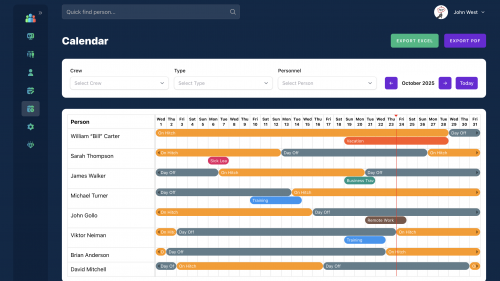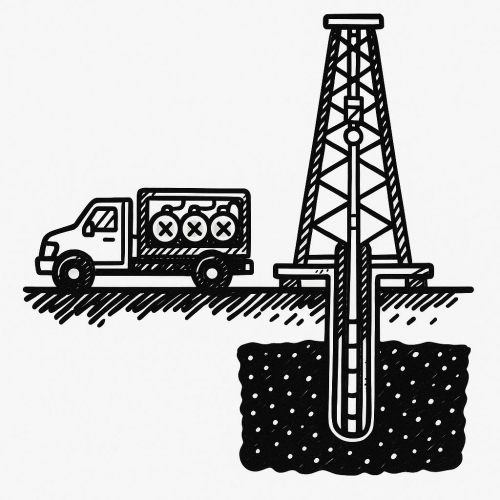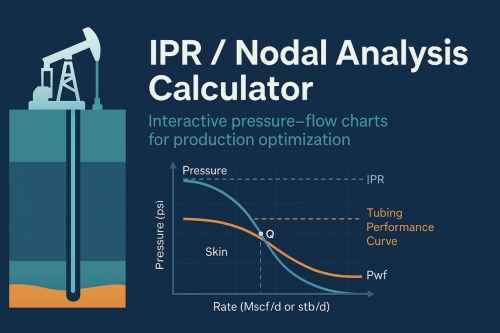Openhole Completion
An openhole completion is a type of well completion in which the reservoir formation is not cased or lined. The wellbore is left open, allowing the reservoir fluids to flow directly into the wellbore. Openhole completions are most commonly used in horizontal wells, but they can also be used in vertical wells.
There are several advantages to openhole completions. First, they are less expensive than cased hole completions. Second, they allow for greater contact between the wellbore and the reservoir, which can improve production rates. Third, they can be used in formations that are too weak to support casing.
However, there are also some disadvantages to openhole completions. First, they are more susceptible to sand production and other wellbore problems. Second, they can be more difficult to repair and maintain. Third, they may not be suitable for all reservoir types.
Openhole Completion Process
The openhole completion process typically involves the following steps:
- Drill the well to the desired depth and reservoir section.
- Run a logging suite to evaluate the reservoir formation.
- If necessary, drill out any casing or liner that was set above the reservoir.
- Clean the wellbore of drilling fluids and mudcake.
- Set a production packer at the top of the reservoir section.
- Perforate the reservoir formation.
- Run a completion string into the wellbore and hang it off the packer.
- Install a downhole safety valve (DHSV) and other downhole equipment.
- Complete the well and bring it on production.
Openhole Completion Types
There are several different types of openhole completions, including:
- Barefoot completion: This is the simplest type of openhole completion, in which the reservoir formation is left exposed with no liner or screen. Barefoot completions are most commonly used in high-strength formations that are not prone to sand production.
- Liner completion: In a liner completion, a liner is set across the reservoir section to provide support and to prevent sand production. Liners are typically perforated to allow the reservoir fluids to flow into the wellbore.
- Screen completion: In a screen completion, a screen is set across the reservoir section to prevent sand production and to improve the flow of reservoir fluids into the wellbore. Screens are typically made of metal or synthetic materials.
Openhole Completion Applications
Openhole completions are used in a variety of different wellbore applications, including:
- Horizontal wells: Openhole completions are commonly used in horizontal wells to improve production rates. Horizontal wells allow for greater contact between the wellbore and the reservoir, which can lead to significant increases in production.
- Unconventional wells: Openhole completions are also used in unconventional wells, such as shale wells and tight gas wells. These wells often have low permeability, so openhole completions can help to improve production rates.
- Low-pressure wells: Openhole completions can also be used in low-pressure wells to improve production rates. In low-pressure wells, the reservoir pressure is not high enough to lift the reservoir fluids to the surface. Openhole completions can help to reduce the pressure drop in the wellbore, which can improve production rates.
Conclusion
Openhole completions are a versatile and effective type of well completion. They can be used in a variety of different wellbore applications to improve production rates and reduce costs. However, it is important to carefully consider the advantages and disadvantages of openhole completions before using them in any particular well.

%20(1).png)



